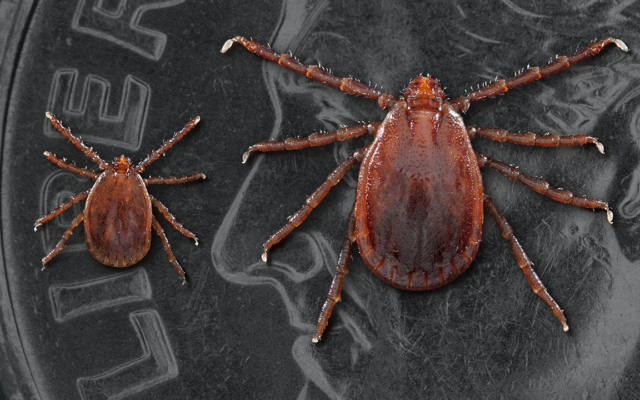Longhorned Tick Discovered In Northern Missouri

A parasite that has caused millions of dollars in losses for cattle producers worldwide has recently been found in northern Missouri.
The Longhorned tick was originally found in eastern Russia and the Australasian region, and was first found in the United States in 2017 in New Jersey. It has now has been discovered in northern Missouri for the first time by researchers at the University of Missouri.
Last year, the Longhorned tick was found in the southern part of the state.
Researchers say this latest discovery indicates an additional economic burden to cattle producers due to ticks; as the Longhorned tick infestation could lead to significant loss in weight gain for cattle, similar to an already widely prevalent disease called anaplasmosis.
the threat from this species of tick to cattle, people, and pets in Missouri remains low, however, researchers emphasize that the discovery of the Longhorned tick in the state increases the need for more vigilance towards ticks in general.
Infestation of the Longhorned tick can lead to possible transmission of bovine theileriosis, a disease that kills red blood cells in cattle.
While there have currently not been any confirmed cases of bovine theileriosis in Missouri cattle, this discovery further heightens the need for Missouri cattle ranchers to make informed decisions regarding quarantining protocols when introducing new cattle into their herds in an effort to protect the health of their livestock, which has significant economic implications.
Cattle ranchers who notice weakness, jaundice and pregnancy loss in their cattle should contact their local veterinarian and the MU Veterinary Medical Diagnostic Laboratory for assistance with tracking down the causes for such signs.
For more information about Longhorned ticks, visit the United States Department of Agriculture Animal and Plant Health Inspection Service (USDA APHIS) website.



